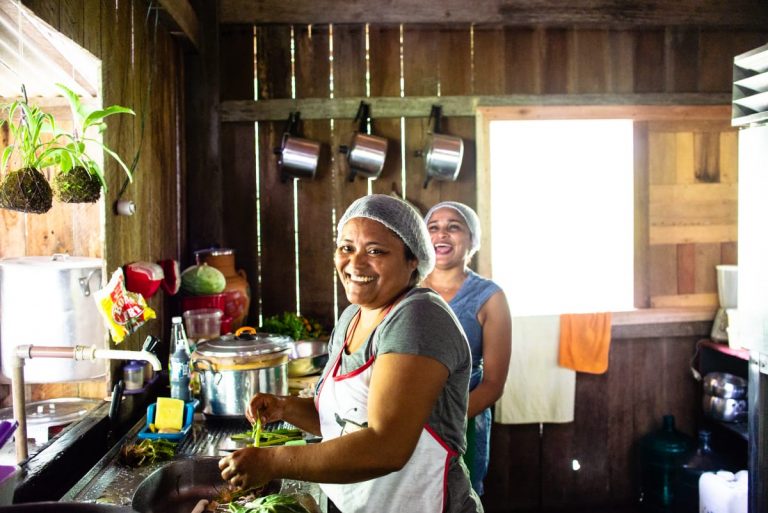The food production system – a set of pre-production, production and post-production activities related to food – is a strategic theme worldwide due to its repercussions in different spheres: in the economy, in particular, with the generation of income and employment; socially, related to food security; and the climate agenda, interfering with greenhouse gas emissions. This set came to be called the Food System by bodies such as the United Nations Food and Agriculture Agency (FAO) and the World Bank, which includes food production, processing, distribution, consumption, and disposal.
The objective of this study is to present a profile of the Food System in the Legal Amazon.1 Therefore, we analyze indicators of occupation and income in order to better understand the peculiarities of this system and propose more effective approaches with regard to public policies.
The Food System has a considerable weight in the region’s labor market. There are now more than 3.5 million people – or a third of all employed people – who work in it. This result is higher than the proportion in the rest of Brazil, where those employed in the system represent 23% of the total. In rural Amazonian areas, the Food System employs 69% of the workforce.





